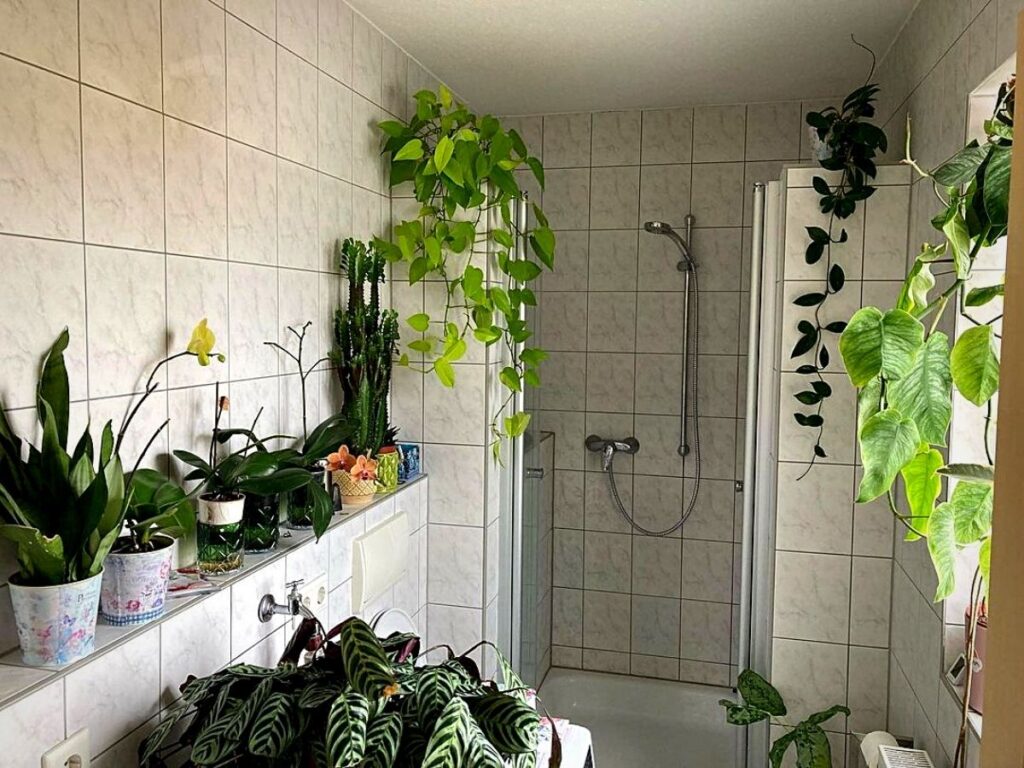Bathrooms are often overlooked when it comes to indoor gardening, but they can be an ideal environment for certain types of plants. The high humidity and varying light conditions can be perfect for plants that thrive in moist climates. In this article, we’ll explore tips for choosing the right bathroom plants and delve into a curated list of 20 bathroom plants that absorb moisture.
These plants not only enhance the aesthetic appeal of your bathroom but also serve a functional purpose by absorbing excess moisture and improving air quality.
Tips for Bathroom Plants
Bathrooms are unique spaces in our homes that offer a range of challenges and opportunities for indoor gardening. The high humidity levels and varying light conditions can be tricky to navigate, but they also create the perfect environment for certain plants to thrive. In this section, we’ll delve into some essential tips for choosing and caring for bathroom plants that absorb moisture.
Lighting
One of the most crucial factors to consider when selecting bathroom plants is lighting. While some plants require bright indirect light, others can thrive in low light conditions. Most bathrooms have limited natural light, so it’s essential to choose plants that can adapt to these conditions. Plants like snake plants and spider plants are excellent choices as they can thrive in indirect light.
Airflow
Airflow is another important factor to consider. While bathrooms are generally humid environments, they can also be stuffy, which is not ideal for plants that absorb moisture. Make sure your bathroom has adequate ventilation to help circulate air and keep your plants healthy.
Temperature
Bathrooms often experience rapid temperature changes, from warm showers to cold nights. Choose plants that can adapt to these fluctuations. Tropical plants like the peace lily and bird’s nest fern are well-suited for warm temperatures and high humidity environments.
Related: Best bathroom plants that thrive in humidity
Space
Space is often limited in most bathrooms. Consider compact plants or those that can be hung from the ceiling to maximize your space. Air plants and pothos plants are excellent choices for smaller bathrooms as they require little space and can even be hung in a bathroom window.
20 Bathroom Plants That Absorb Moisture
Transforming your bathroom into a lush, green oasis is easier than you think. Below, we’ve curated a list of 20 bathroom plants that not only add aesthetic appeal but also excel at absorbing excess moisture.
Snake Plant (Sansevieria)
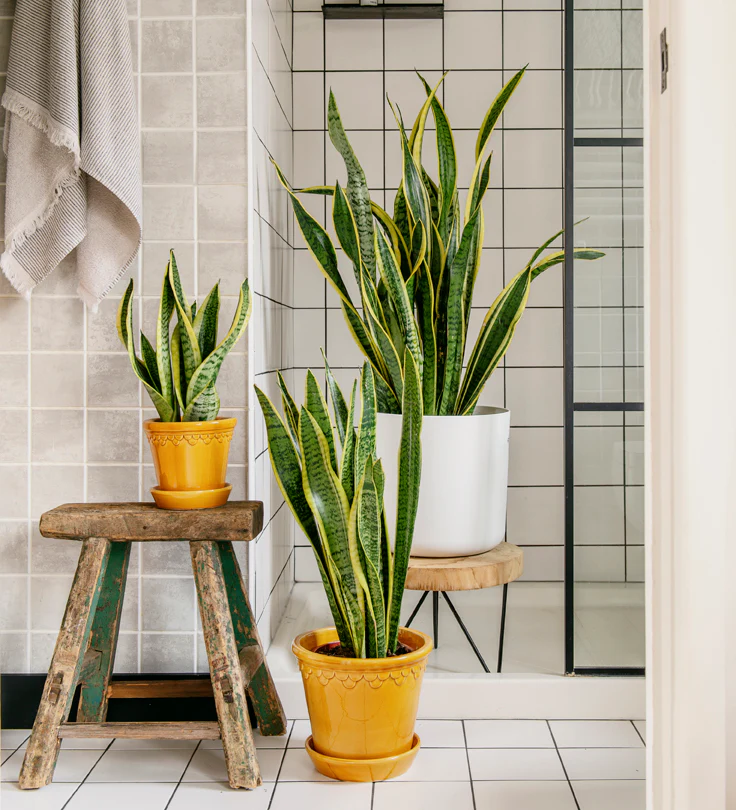
- Scientific Name: Sansevieria trifasciata
- Plant Type: Succulent
- Plant Size: Up to 48 inches
- Water Needed: Low
- Sunlight Needed: Low to bright indirect light
The Snake Plant, also known as “Mother in Law’s Tongue,” is a low-maintenance plant that’s perfect for bathroom settings. Its thick, waxy leaves store water, making it highly effective at absorbing moisture in humid environments like bathrooms. Additionally, the snake plant is an excellent air purifier, removing toxins such as formaldehyde and benzene from the air.
Boston Fern (Nephrolepis exaltata)
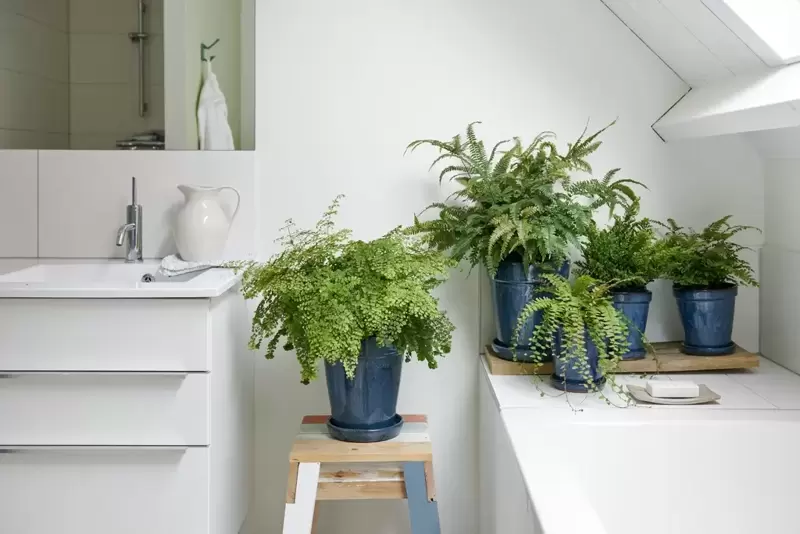
- Scientific Name: Nephrolepis exaltata
- Plant Type: Fern
- Plant Size: 16-35 inches
- Water Needed: Moderate
- Sunlight Needed: Indirect light to dappled sunlight
Boston Ferns are a popular choice for bathrooms due to their love for high humidity and indirect light. These plants are excellent at balancing out humidity levels and are a gorgeous addition to any bathroom. They prefer well-draining soil and should be watered regularly to keep the soil moist but not soggy.
Spider Plant (Chlorophytum comosum)
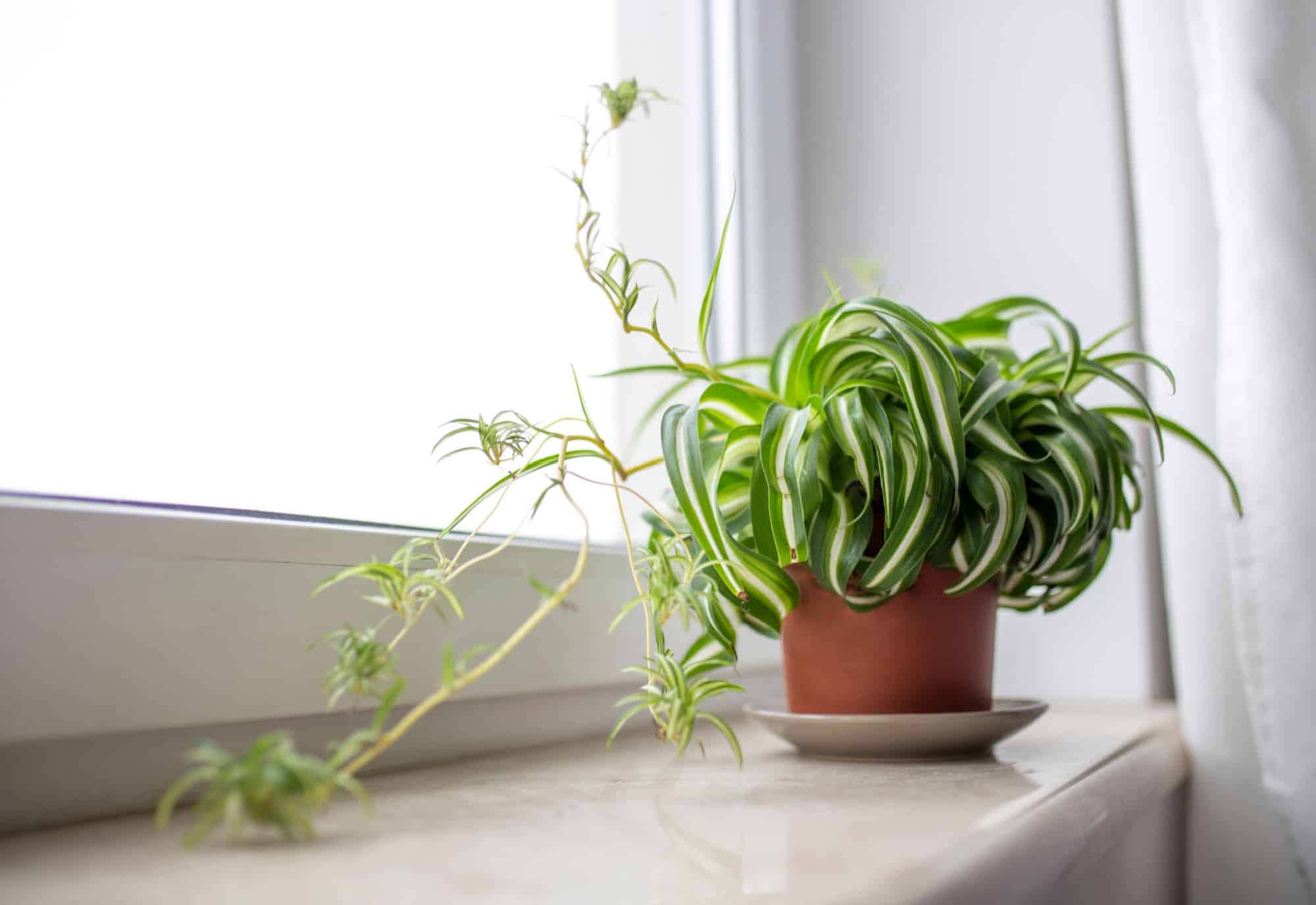
- Scientific Name: Chlorophytum comosum
- Plant Type: Perennial
- Plant Size: 12 inches
- Water Needed: Moderate
- Sunlight Needed: Bright indirect light to partial shade
Spider plants are another excellent choice for absorbing moisture. They are adaptable and can thrive in a variety of conditions, making them one of the best bathroom plants. These plants are also known for their air-purifying qualities, removing pollutants like formaldehyde and xylene from the air.
Peace Lily (Spathiphyllum)
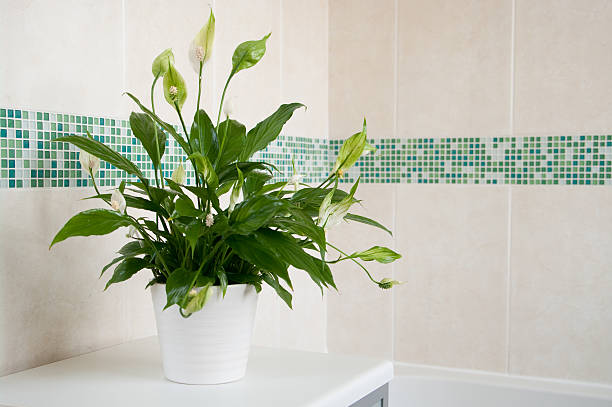
- Scientific Name: Spathiphyllum
- Plant Type: Perennial
- Plant Size: 16-18 inches
- Water Needed: Moderate
- Sunlight Needed: Low to medium light
Peace Lilies are not only beautiful but also highly effective at absorbing moisture and improving air quality. They prefer low to medium light and can even bloom with gorgeous white flowers in the right conditions. Peace Lilies are also excellent air purifiers, removing toxins like ammonia and benzene from the air.
Aloe Vera (Aloe barbadensis miller)
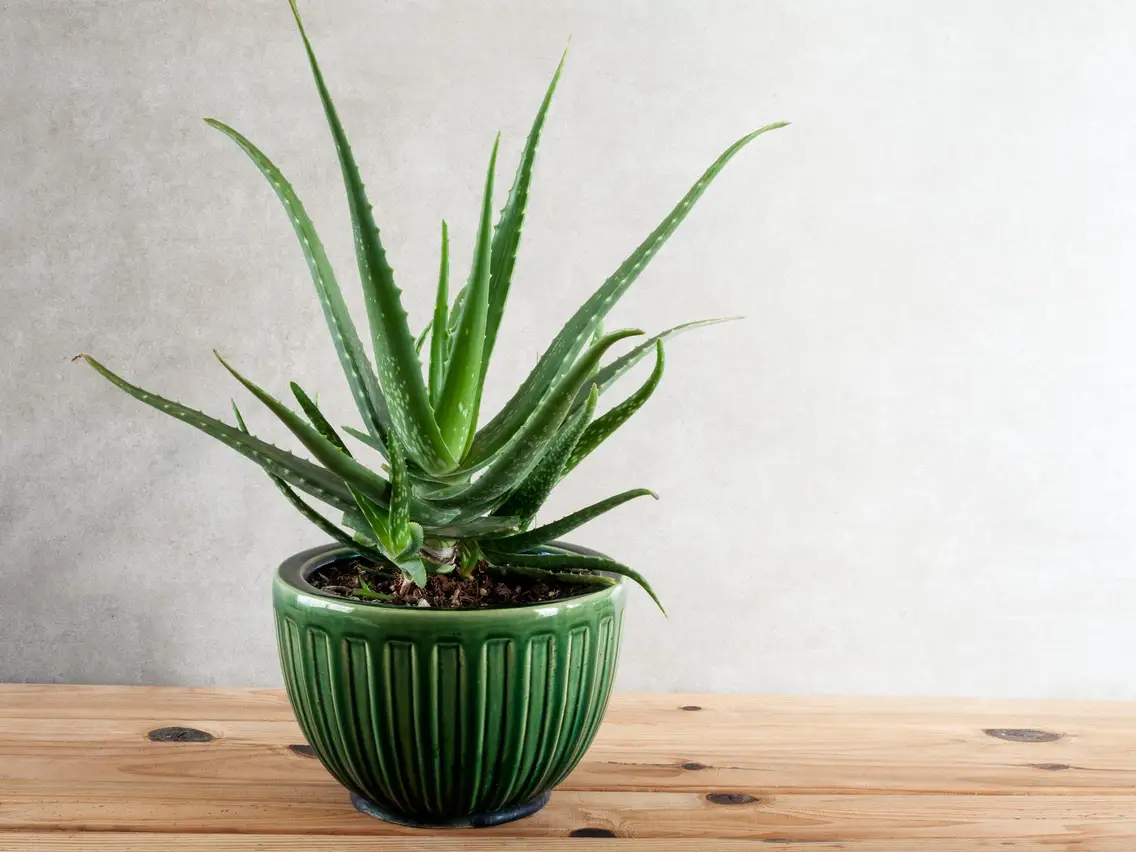
- Scientific Name: Aloe barbadensis miller
- Plant Type: Succulent
- Plant Size: 24-39 inches
- Water Needed: Low
- Sunlight Needed: Bright indirect light
Aloe Vera is not just for sunburns; it’s also excellent at absorbing moisture. This succulent loves bright indirect light and requires minimal care, making it a perfect bathroom plant. Aloe Vera is also known for its medicinal properties, including its ability to soothe burns and improve skin conditions.
ZZ Plant (Zamioculcas zamiifolia)
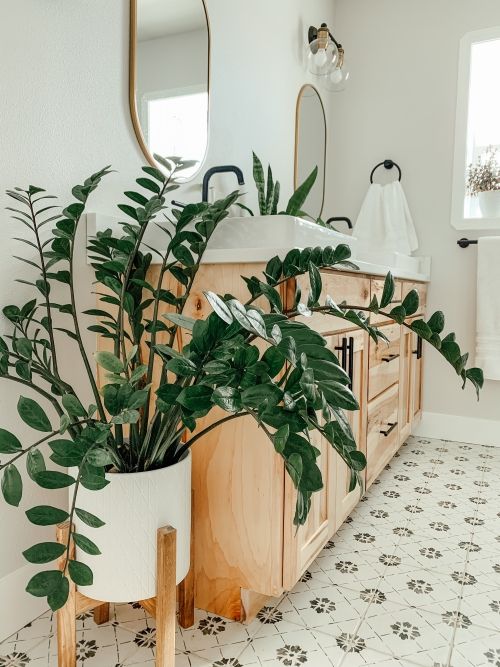
- Scientific Name: Zamioculcas zamiifolia
- Plant Type: Perennial
- Plant Size: 16-28 inches
- Water Needed: Low
- Sunlight Needed: Low to medium light
The ZZ Plant is a hardy plant that’s perfect for bathrooms with low light conditions. Its waxy, dark green leaves not only add a touch of elegance but also help in absorbing excess moisture. The ZZ Plant is also known for its low maintenance nature, requiring minimal care and infrequent watering, making it one of the best bathroom plants for busy individuals.
Bamboo (Bambusoideae)

- Scientific Name: Bambusoideae
- Plant Type: Grass
- Plant Size: Varies
- Water Needed: Moderate
- Sunlight Needed: Bright indirect light
Bamboo plants are excellent at absorbing moisture, thanks to their fast growth and extensive root systems. They are also highly adaptable and can thrive in a range of light conditions, although they prefer bright indirect light. Bamboo plants are not just moisture-absorbing but also bring a sense of tranquility and peace to your bathroom.
Pothos (Epipremnum aureum)
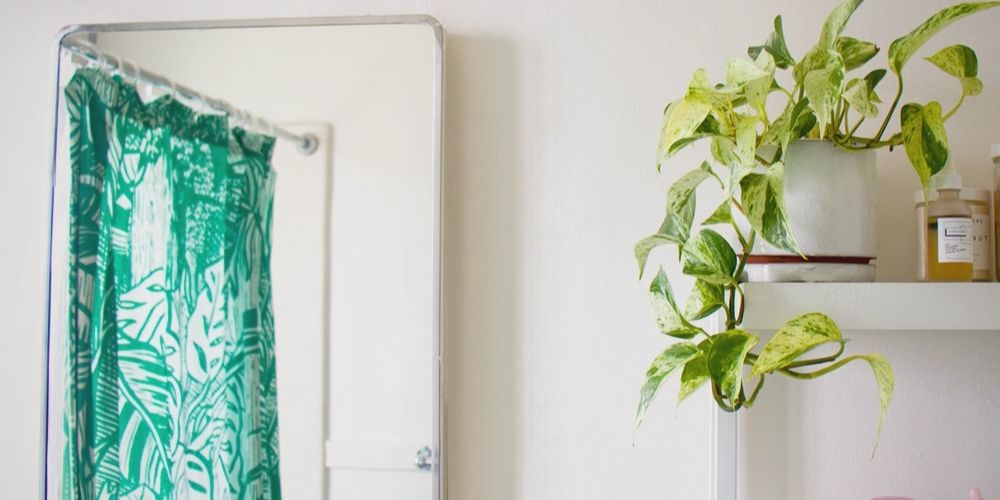
- Scientific Name: Epipremnum aureum
- Plant Type: Vine
- Plant Size: Up to 10 feet
- Water Needed: Low
- Sunlight Needed: Low to bright indirect light
Pothos, also known as Devil’s Ivy, is a versatile plant that thrives in humid environments. Its heart-shaped leaves are not only beautiful but also effective at absorbing moisture. Pothos plants are also excellent at improving air quality by removing toxins like formaldehyde from the air.
Orchid (Orchidaceae)
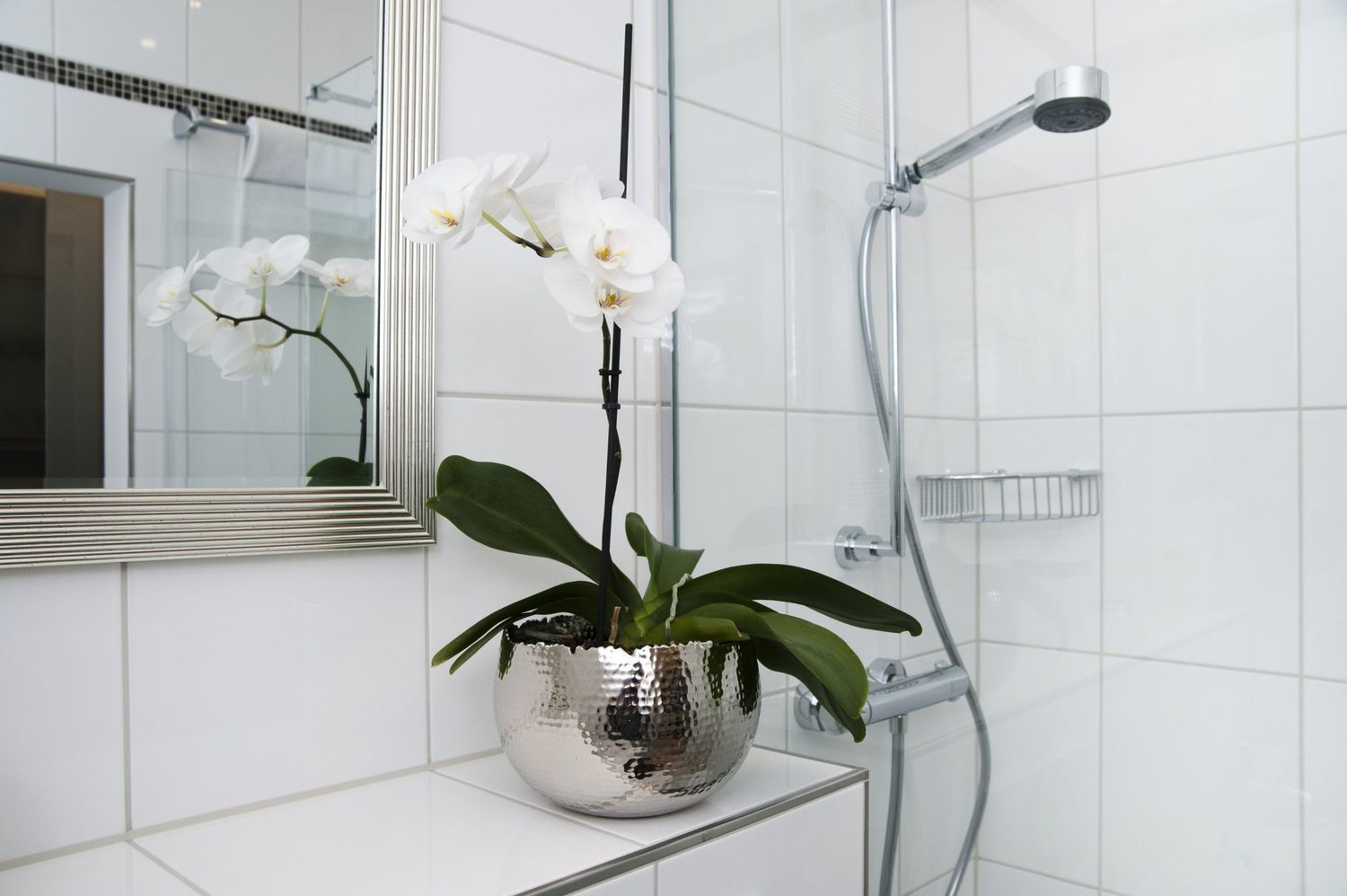
- Scientific Name: Orchidaceae
- Plant Type: Perennial
- Plant Size: Varies
- Water Needed: Low
- Sunlight Needed: Bright indirect light
Orchids are not just beautiful; they are also excellent at absorbing moisture through their leaves. They prefer bright indirect light and can even bloom multiple times a year if cared for properly. Orchids are perfect for adding a touch of elegance to your bathroom while also serving a functional purpose.
English Ivy (Hedera helix)
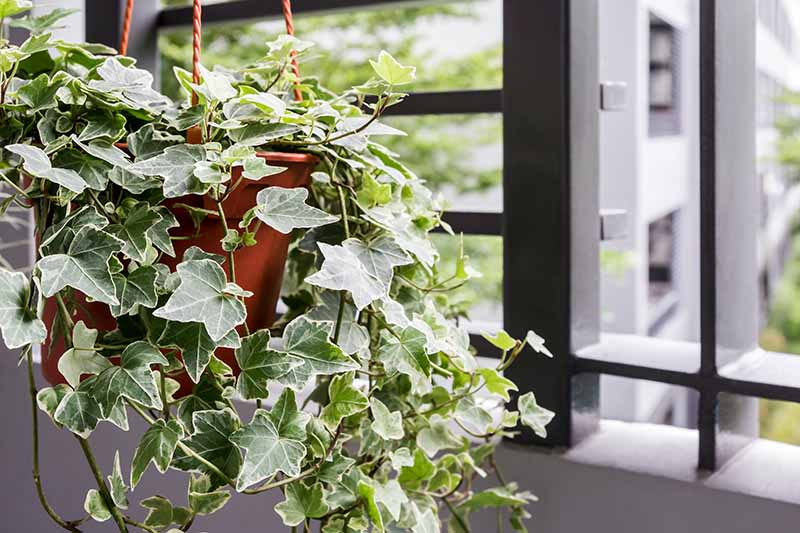
- Scientific Name: Hedera helix
- Plant Type: Vine
- Plant Size: Up to 50 feet
- Water Needed: Moderate
- Sunlight Needed: Bright indirect light to partial shade
English Ivy is an excellent plant for bathrooms due to its ability to absorb moisture and improve air quality. It’s easy to care for and thrives in a range of light conditions. However, it’s worth noting that English Ivy is toxic to pets, so it’s best to keep it out of reach if you have furry friends.
Tillandsia (Air Plants)
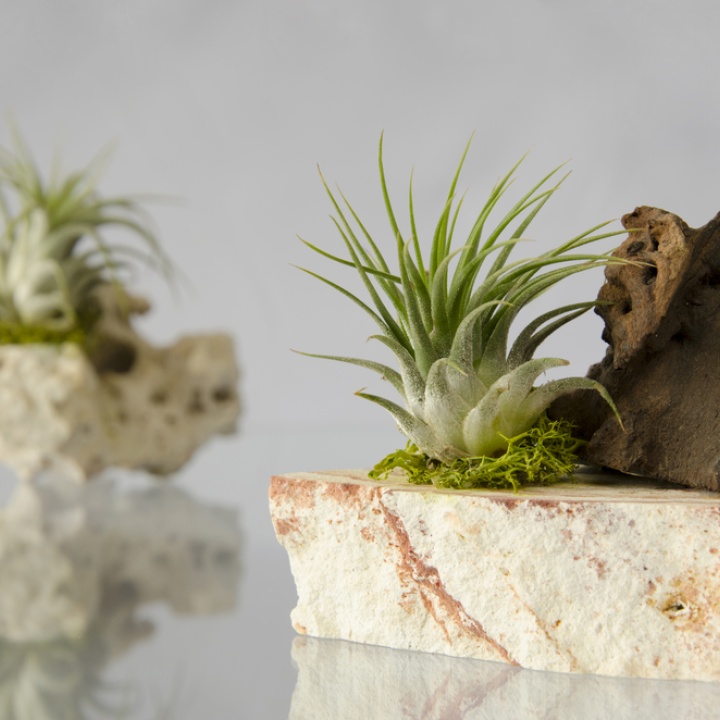
- Scientific Name: Tillandsia
- Plant Type: Bromeliad
- Plant Size: 2-7 inches
- Water Needed: Low
- Sunlight Needed: Bright indirect light
Tillandsia, commonly known as Air Plants, are unique because they don’t require soil to grow. They absorb all their nutrients from the air, making them excellent plants for absorbing excess moisture in bathrooms. These plants love bright indirect light and high humidity environments, making them a perfect fit for most bathrooms.
Palms
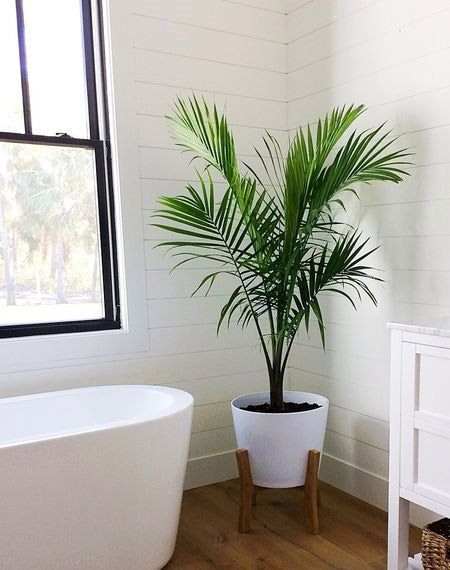
- Scientific Name: Arecaceae
- Plant Type: Tree
- Plant Size: Varies
- Water Needed: Moderate
- Sunlight Needed: Bright indirect light
Palms, such as the Areca Palm and Lady Palm, are excellent choices for bathrooms. They not only add a tropical flair but also are effective at absorbing moisture. Palms are generally easy to care for and prefer bright indirect light, making them one of the best plants for improving air quality and reducing humidity.
Begonias
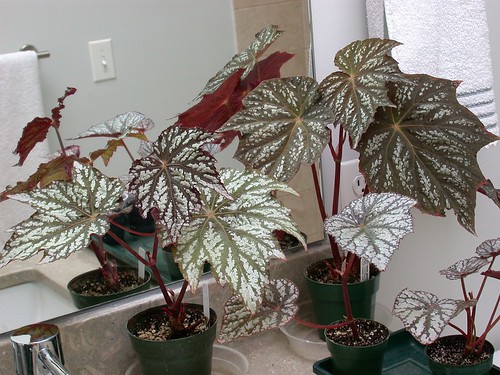
- Scientific Name: Begonia
- Plant Type: Perennial
- Plant Size: Up to 18 inches
- Water Needed: Moderate
- Sunlight Needed: Bright indirect light
Begonias are colorful plants that love humid environments. They absorb water through their leaves, making them effective at absorbing moisture. These plants prefer bright indirect light and well-draining soil. They can add a splash of color to your bathroom while also serving a functional purpose.
Lucky Bamboo
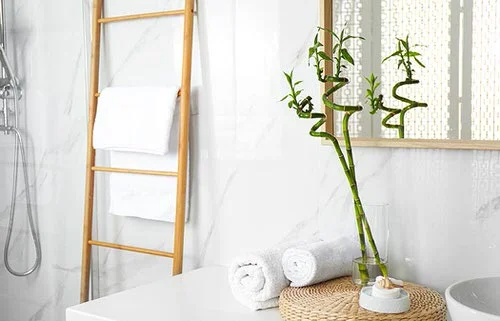
- Scientific Name: Dracaena sanderiana
- Plant Type: Perennial
- Plant Size: Up to 24 inches
- Water Needed: Moderate
- Sunlight Needed: Low to medium light
Lucky Bamboo is not only a symbol of good fortune but also an excellent plant for absorbing moisture. It can grow in both soil and water and prefers low to medium light. Lucky Bamboo is a low-maintenance plant that can adapt to a variety of conditions, making it a versatile choice for bathrooms.
Bird’s Nest Fern
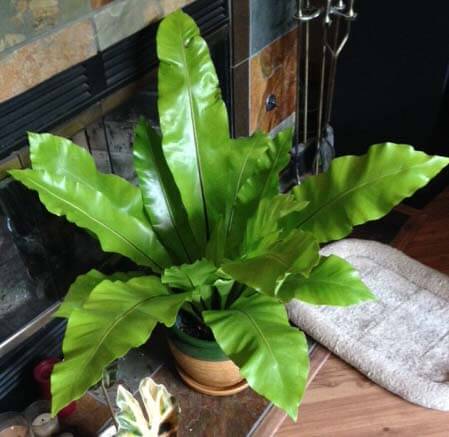
- Scientific Name: Asplenium nidus
- Plant Type: Fern
- Plant Size: Up to 20 inches
- Water Needed: Moderate
- Sunlight Needed: Low to medium light
Bird’s Nest Ferns are unique in appearance and thrive in humid environments. They prefer low to medium light and well-draining soil. These ferns are excellent at absorbing moisture and can add a touch of the tropical forest floor to your bathroom.
Cast Iron Plant (Aspidistra Elatior)
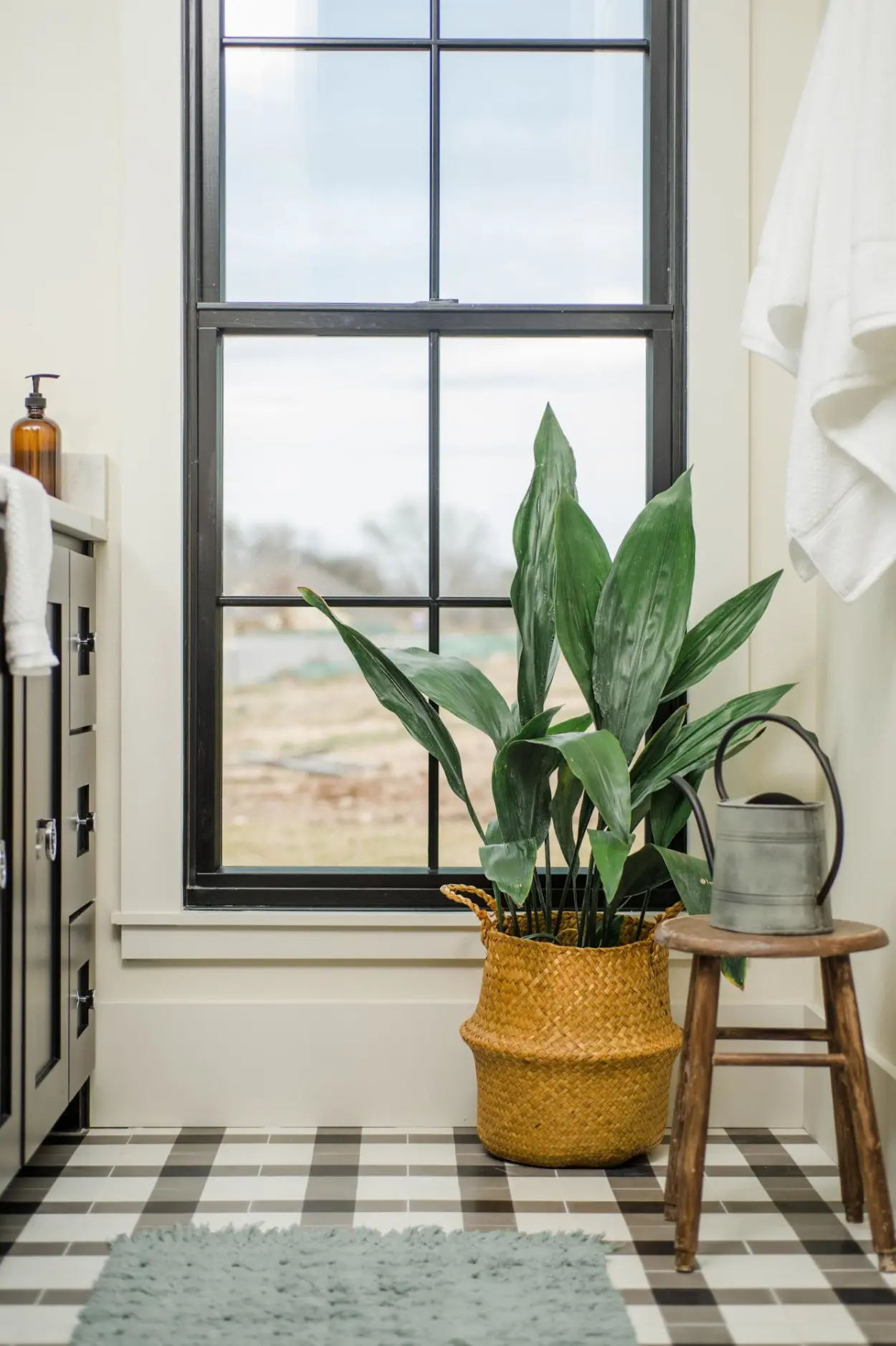
- Scientific Name: Aspidistra Elatior
- Plant Type: Perennial
- Plant Size: Up to 24 inches
- Water Needed: Low
- Sunlight Needed: Low to medium light
The Cast Iron Plant is aptly named for its ability to withstand less-than-ideal conditions, including low light, poor soil, and high humidity. This makes it an excellent plant for absorbing moisture in bathrooms. It’s a hardy plant that requires minimal care, making it perfect for those who may not have a green thumb.
Calathea
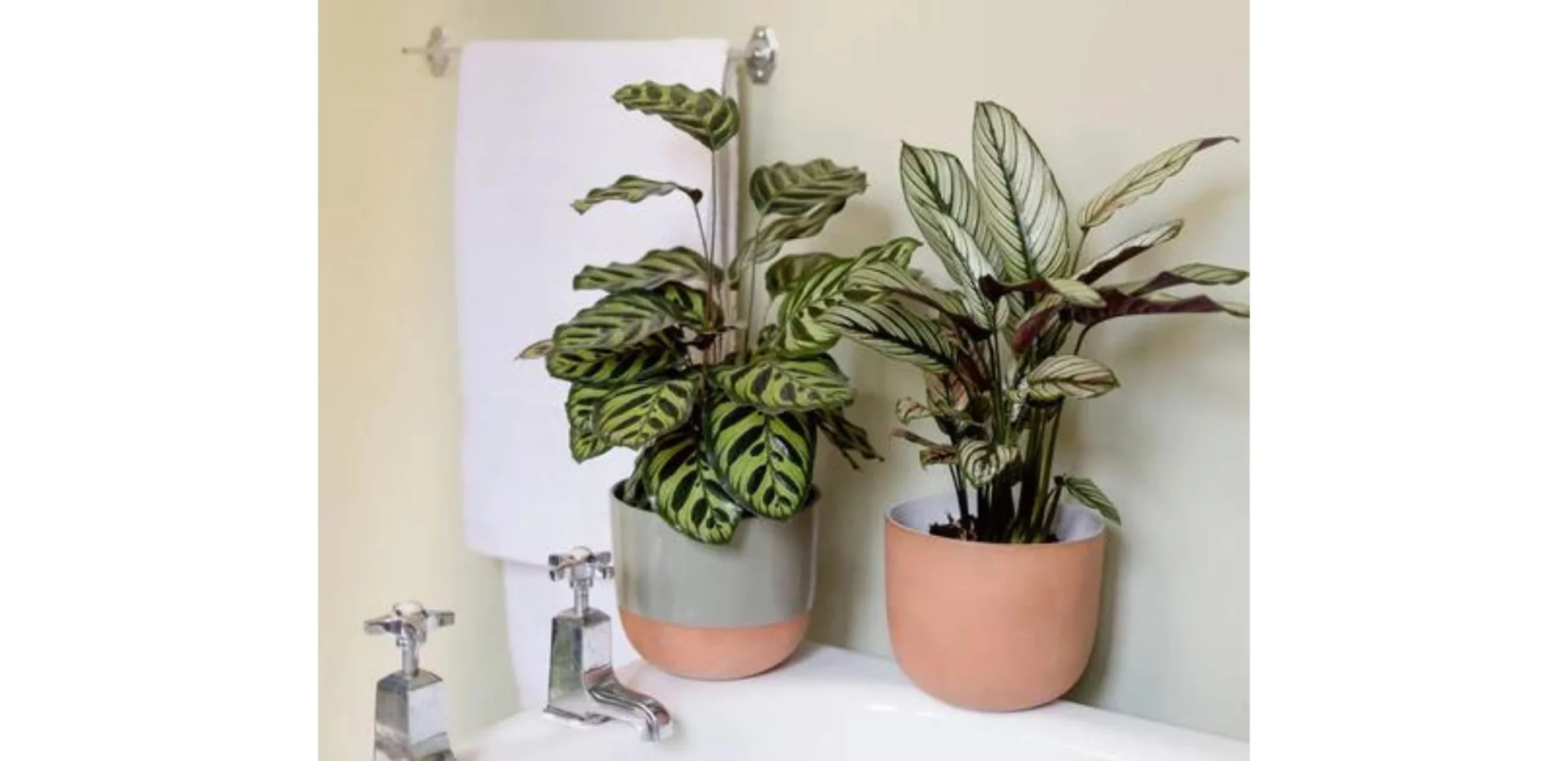
- Scientific Name: Calathea
- Plant Type: Perennial
- Plant Size: Up to 30 inches
- Water Needed: Moderate
- Sunlight Needed: Low to medium light
Calatheas are known for their beautiful, patterned leaves, which not only add a decorative touch but also help in absorbing excess moisture. These plants prefer low to medium light and high humidity, making them ideal for bathroom settings. They are also known to improve air quality by removing toxins from the air.
Ficus (Rubber Plant)
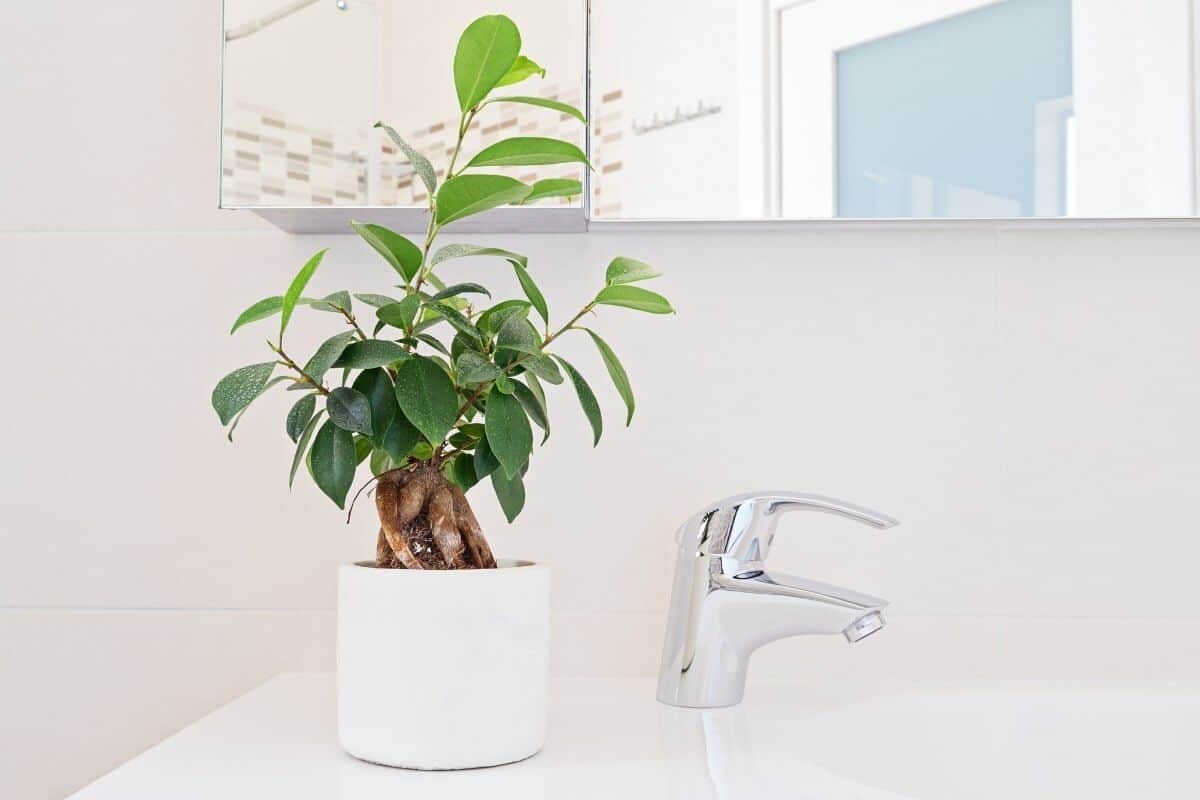
- Scientific Name: Ficus elastica
- Plant Type: Tree
- Plant Size: Up to 100 feet in natural environment, much smaller indoors
- Water Needed: Moderate
- Sunlight Needed: Bright indirect light
Ficus, commonly known as the Rubber Plant, is excellent at absorbing moisture due to its large, glossy green leaves. It prefers bright indirect light and can grow quite tall if allowed, so make sure you have enough space in your bathroom. The Rubber Plant is also effective at purifying the air, making it a functional and beautiful addition to any bathroom.
Lavender
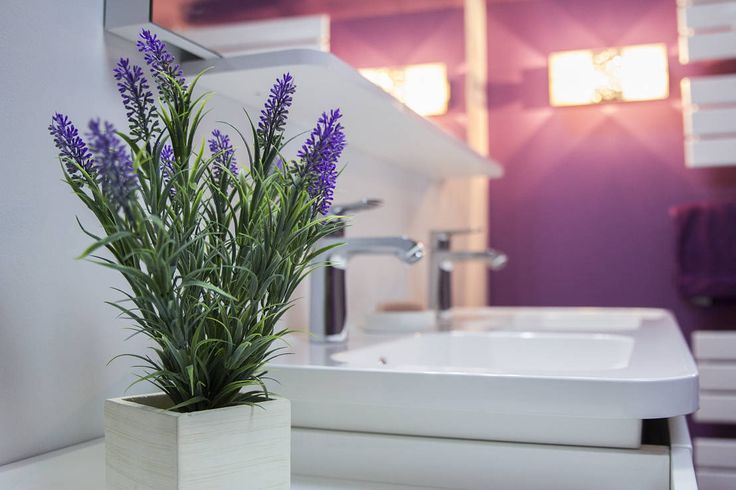
- Scientific Name: Lavandula
- Plant Type: Shrub
- Plant Size: Up to 24 inches
- Water Needed: Low
- Sunlight Needed: Full sun to partial shade
Lavender is not just for your garden; it’s also a great bathroom plant. It absorbs moisture effectively and adds a pleasant aroma to your bathroom. Lavender prefers full sun but can tolerate partial shade, making it a versatile option for different lighting conditions.
Chinese Evergreen (Aglaonema)
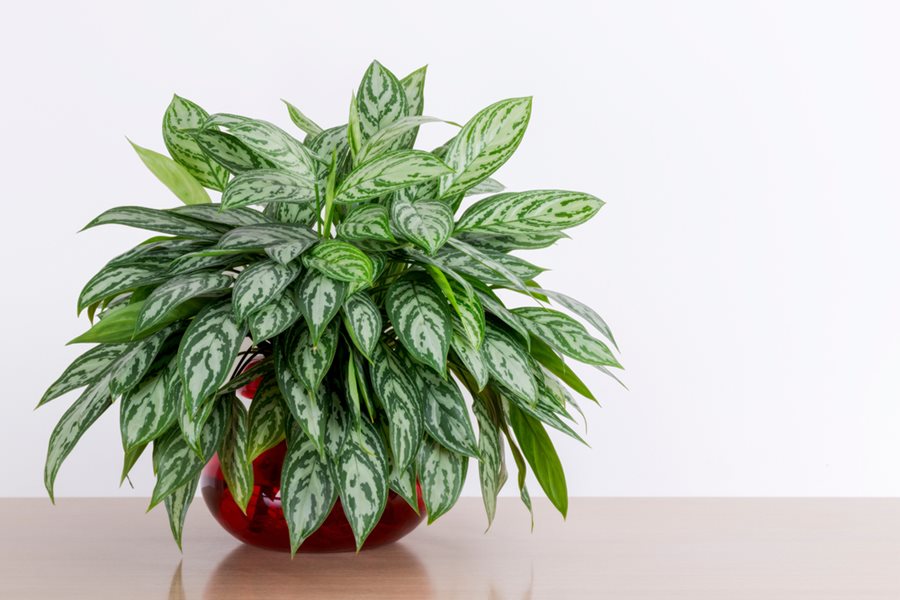
- Scientific Name: Aglaonema
- Plant Type: Perennial
- Plant Size: Up to 3 feet
- Water Needed: Moderate
- Sunlight Needed: Low to medium light
Chinese Evergreens are one of the best plants for low light conditions. They are effective at absorbing moisture and also purify the air. These plants are low-maintenance and can tolerate a variety of conditions, making them perfect for bathroom settings.
Frequently Asked Questions
What plant absorbs moisture in a bathroom?
Several plants are effective at absorbing moisture in a bathroom, but Snake Plants and Boston Ferns are among the most effective. They thrive in humid environments and are excellent at balancing out humidity levels.
Do plants help with humidity in bathroom?
Yes, certain plants like Boston Ferns, Spider Plants, and Peace Lilies are excellent at absorbing excess moisture, thereby helping to regulate humidity levels in a bathroom.
Can plants help with mold in bathroom?
While plants can help absorb excess moisture, thereby reducing the conditions that favor mold growth, they are not a substitute for proper ventilation and regular cleaning. If you have a mold problem, it’s essential to address the root cause.
What indoor plants absorb moisture from the air?
Plants like Snake Plant, Boston Fern, and Peace Lily are known for their ability to absorb moisture from the air. These plants are often recommended for humid environments like bathrooms.
What plants stop condensation on windows?
Plants like the Snake Plant and Boston Fern can help absorb excess moisture in the air, which may reduce condensation on windows. However, they are not a complete solution for condensation issues, which may require better insulation or ventilation.
How many plants does it take to purify the air in a room?
The number of plants needed to purify the air in a room can vary depending on the size of the room and the type of plants used. However, a general guideline is to have at least one medium-sized plant per 100 square feet of space for effective air purification.
Conclusion
Creating a lush, green oasis in your bathroom is more achievable than you might think. With the right plants, you can transform this often-overlooked space into a serene retreat that also serves a functional purpose. From hardy Snake Plants to elegant Orchids, there’s a plant for every bathroom setting. Remember to consider factors like lighting, airflow, and space when choosing your bathroom plants. With the right care and conditions, these moisture-absorbing plants will thrive and bring life to your bathroom.
